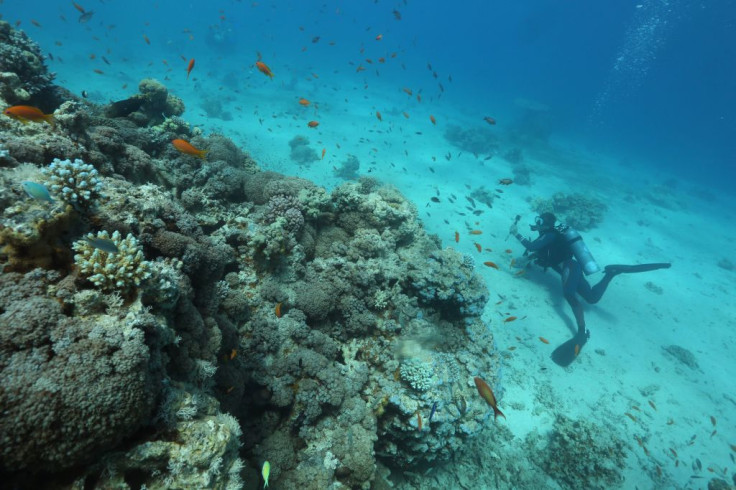Genetic barcoding: Novel technique to monitor fish larvae population could help save coral reefs
According to Unesco, World Heritage coral reefs could become extinct by 2,100 if CO2 emissions are not controlled.

Coral reefs are crucial for an ocean ecosystem but over the last few years, they have been devastated by hurricanes and disasters. Concerns have been raised to prevent them, most recently by Unesco which said World Heritage coral reefs could become extinct by 2100 if CO2 emissions are not controlled.
In order to prevent such scenario, a group of researchers have developed a novel technique dubbed genetic barcoding. The method, according to a report in Forbes, determines the population of young fish larvae in a coral reef system, helping scientists understand which species of larvae are present in the water around reefs.
The count of these young creatures could help scientists assess the prospective populations of adult fish and monitor the health of a reef ecosystem.
To test the working of the method, scientists used a vessel from Interuniversity Institute for Marine Sciences and sampled larvae twice a month over the course of a full year in the Red Sea's Gulf of Aqaba (between Eilat and Aqaba).
They got around 10,000 larvae in 400 samples and then sequenced a barcode from their genomes to create a map that not only identified different species of the larvae but also revealed how many of them could be found, at what time of the year, and at which particular location.
In order to apply the method, the team had to create a database of barcodes for comparison. For this, they took a dive into the gulf water and clipped the fins of adult fish for DNA analysis. Ultimately, they managed to create a database for about 420 fish species, or "80% of the main fish species known to frequent the reef".
When the fish DNA was sequenced and matched with the DNA sequence of the larvae, the scientists got to know how many individual larvae of each species were in their sample. The novel approach goes way beyond the slower and conventional population measurement technique where larvae spines were counted.
"We could now analyse thousands of larvae at a much finer resolution than was previously possible," said Prof Moshe Kiflawi, one of the authors of the study.
"We could now zoom in on ecological differences between species. If the larvae of one family of fish had been presumed to live in both shallow and deep waters, we could now see that some species in the family prefer the shallow waters, while others prefer deeper waters – a difference that can affect their survival and dispersal."
The study has been published in the journal Nature.





















